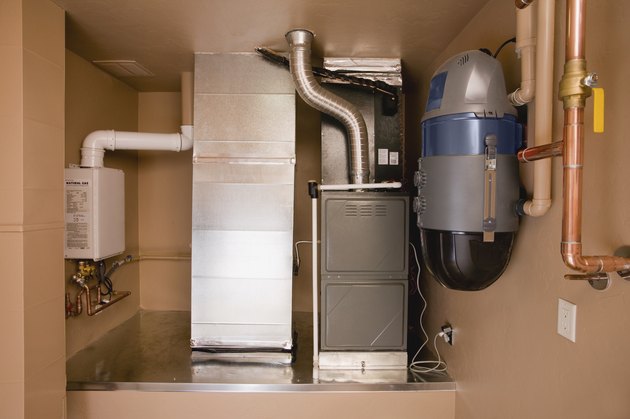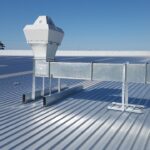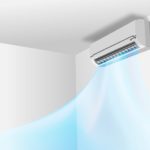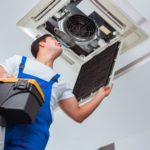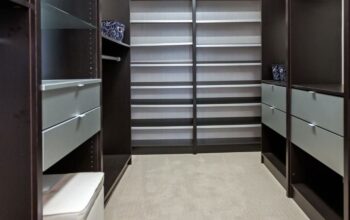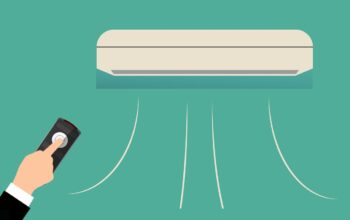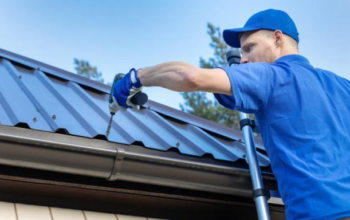You may not be ready to repair your own air conditioning unit or strip it down and rebuild it. But, this shouldn’t stop you being aware of which parts are inside your machine. A knowledge of how the machine works will help you to understand any issue and know when to call Conduct Air Conditioning for service, repair, or even a new unit.
HVAC
Heating, Ventilation and Air Conditioning, usually abbreviated to HVAC. This describes any system that is capable of heating, cooling, and ventilating a property.
The great thing about an HVAC system is that you can control all these elements through one machine, with proper maintenance this will make your life much simpler.
The Heating Element
For an HVAC system to work it needs to have some means of heating the air. This is commonly done via a boiler or a furnace. The boiler will be connected to pipes that run throughout your home, potentially heating via water filled radiators or, more likely, through air ducts.
The air ducts will be connected to the outside, come through the boiler and then go through the ducts to each room; blowing hot air into the house. It can be expensive to replace.
Ventilation
The ducts that run through the house bring air in to be warmed or cooled. These ducts can rely on gravity or the difference in atmospheric pressure. However, the most common system is to use a pump to force the air around the home. This ensures the air leaves the ducts at virtually the same temperature it is heated to by the boiler. In addition, the pump is adjustable and very easy to control, allowing you to decide which rooms have hot or cold air, and how much they have.
The Cooling Unit
Of course, to complete all the functions of an HVAC, the unit must also be capable of cooling the air. The cold air can then be blown through the same ducts to each room.
Cooling is usually achieved by a gas-filled unit. The warm air outside the home is drawn across the compressor which cools it, allowing you to send cool air around your home.
If you have separate systems then you will have a boiler which is independent to the cooling compressor, although the ducts should be shared.
In a complete solution, you are more likely to have a heat pump, which is capable of heating the air or cooling it. This reduces the number of machines you need, which means you need less space. Of course, you’ll also need to pay more attention to maintaining the HVAC as if it breaks you won’t have heating or air conditioning.
Filters
At the room end of any ducting, you will need to have vents, this is purely for aesthetic reasons. However, at the machine end of the unit, you will need to have filters that help to ensure the air around the house is clean and safe to breathe. These filters will need to be cleaned regularly and even replaced occasionally.
Related Posts

Loves home. I am here to provide how to make your home a much better place. 🙂 Blogging about HomeDecor, Home Improvements and more.
